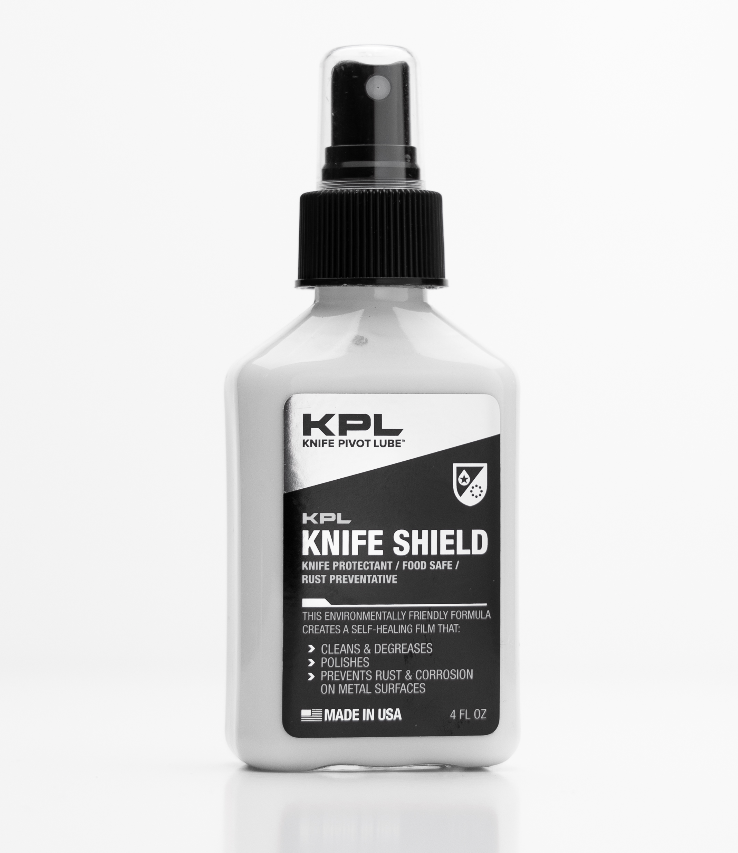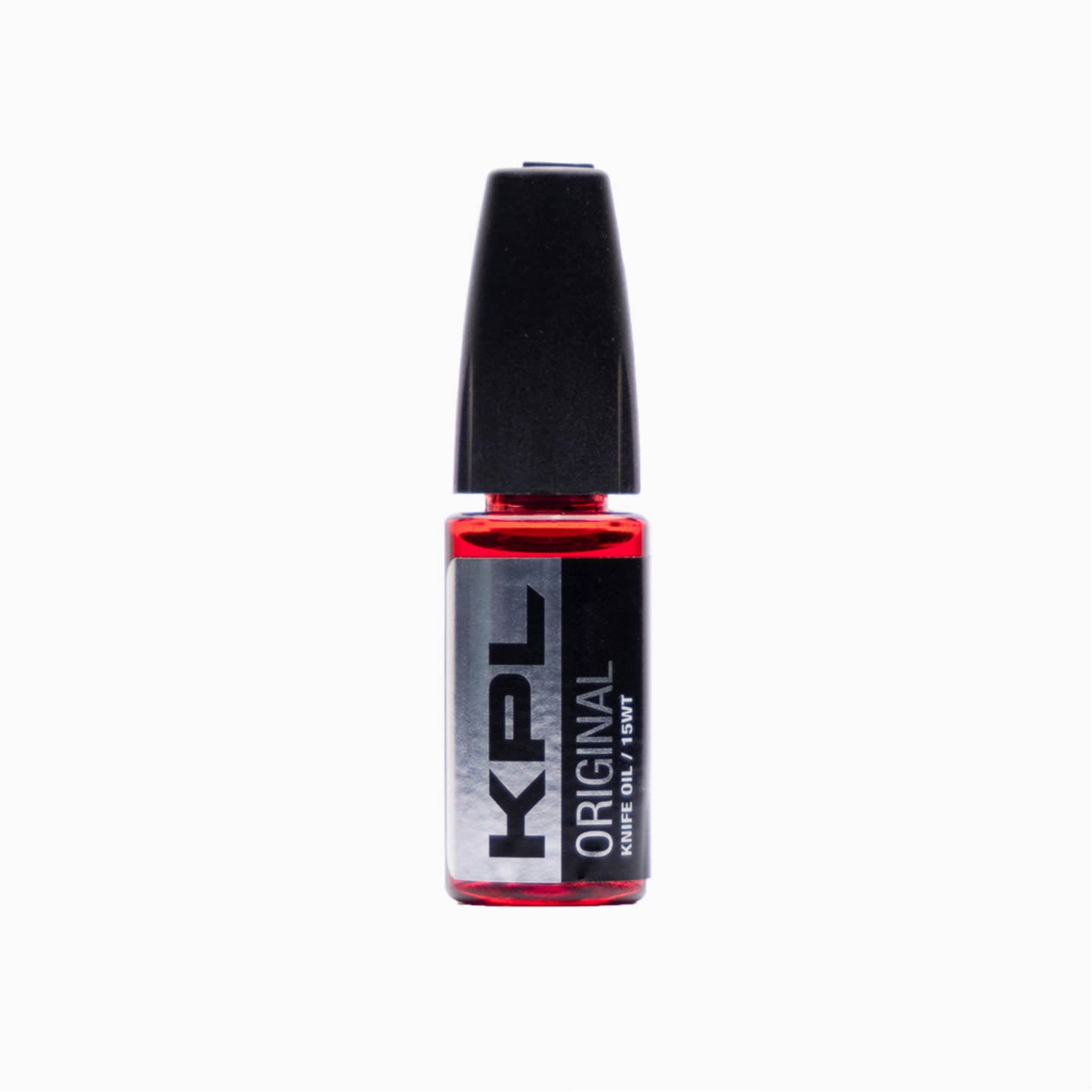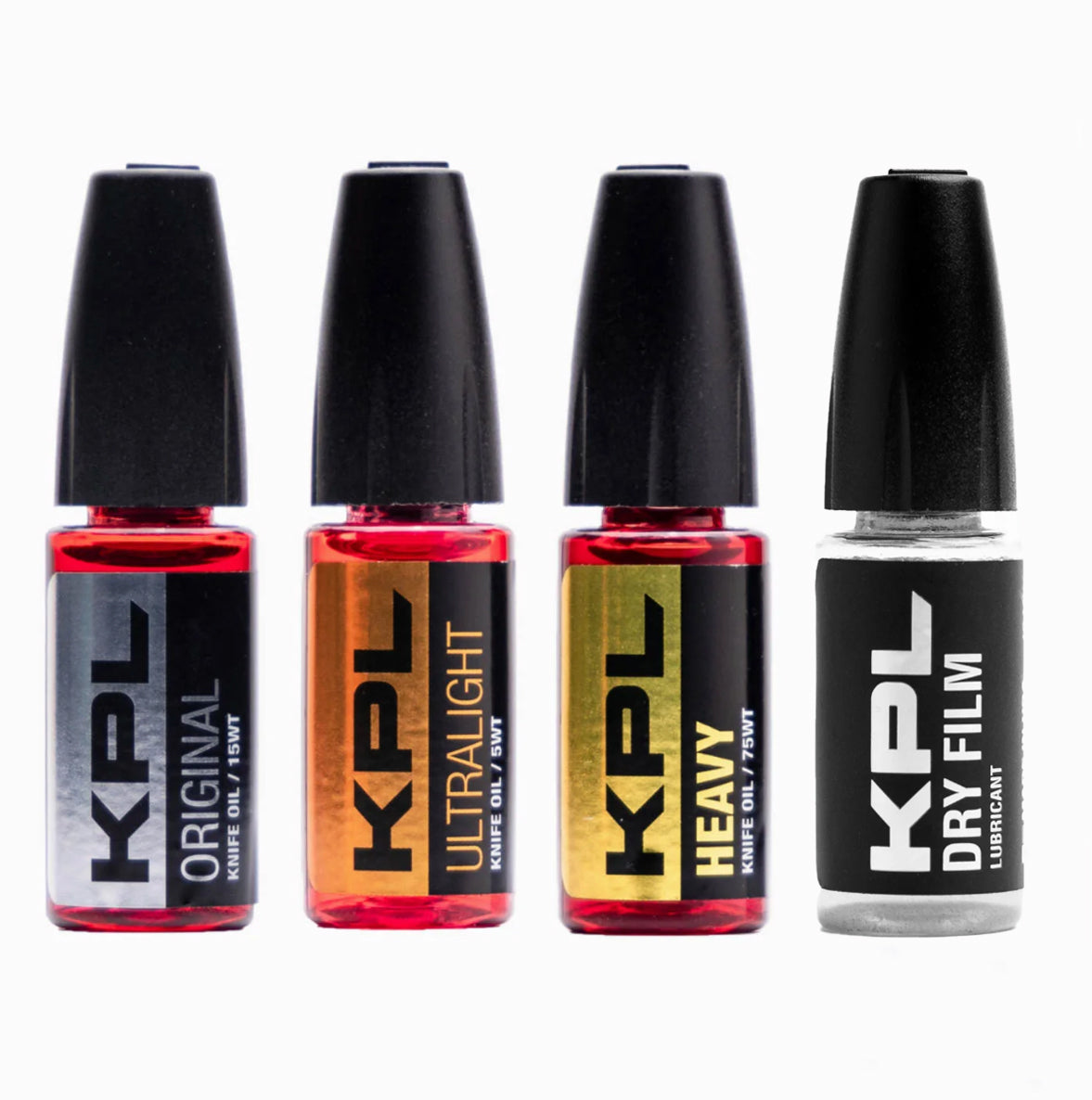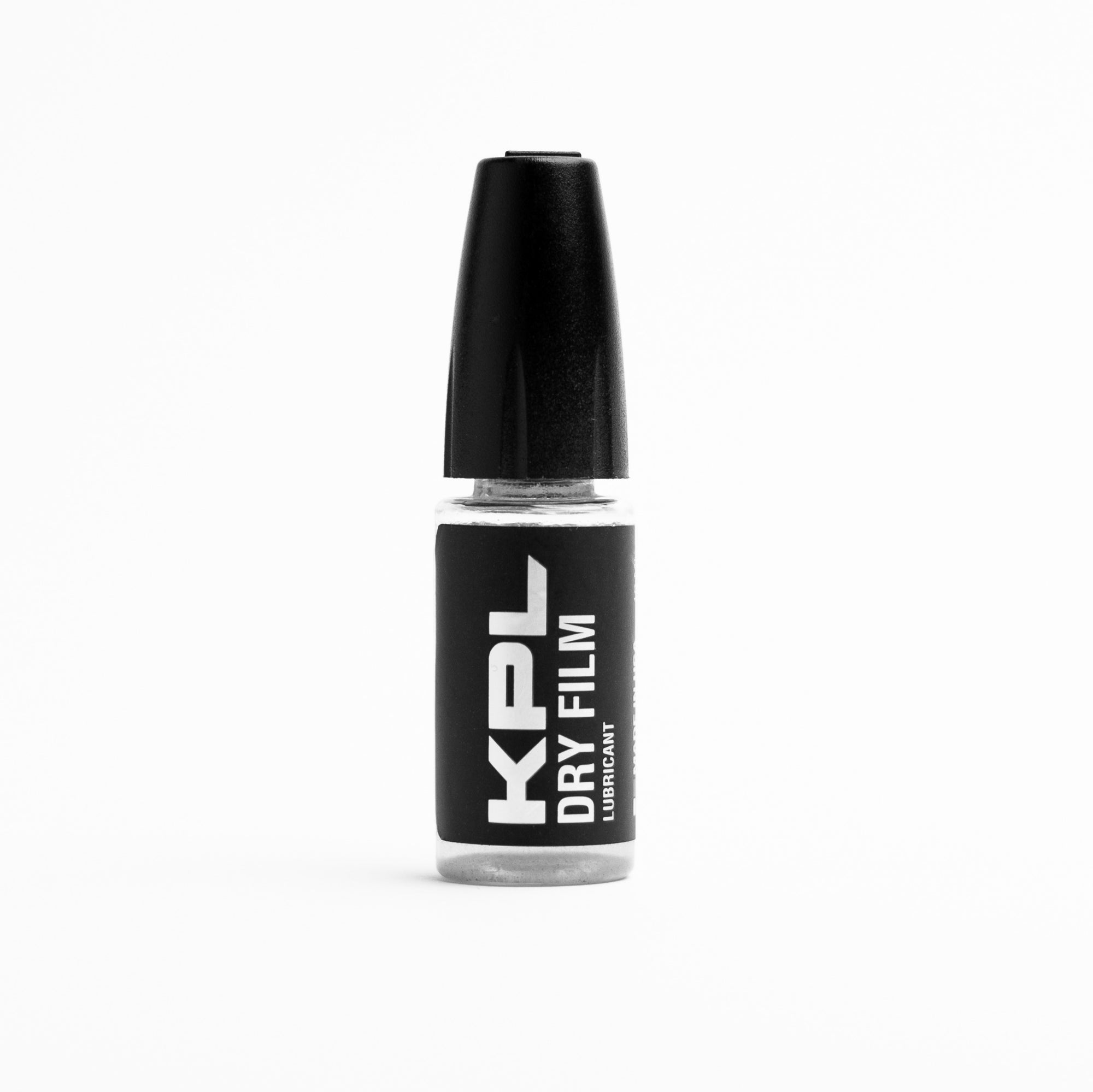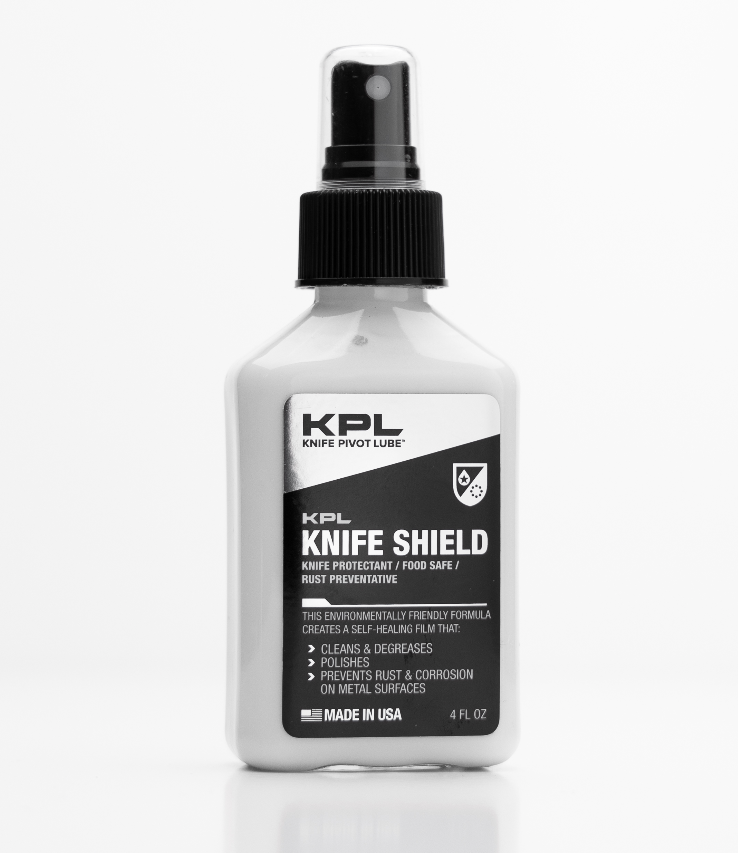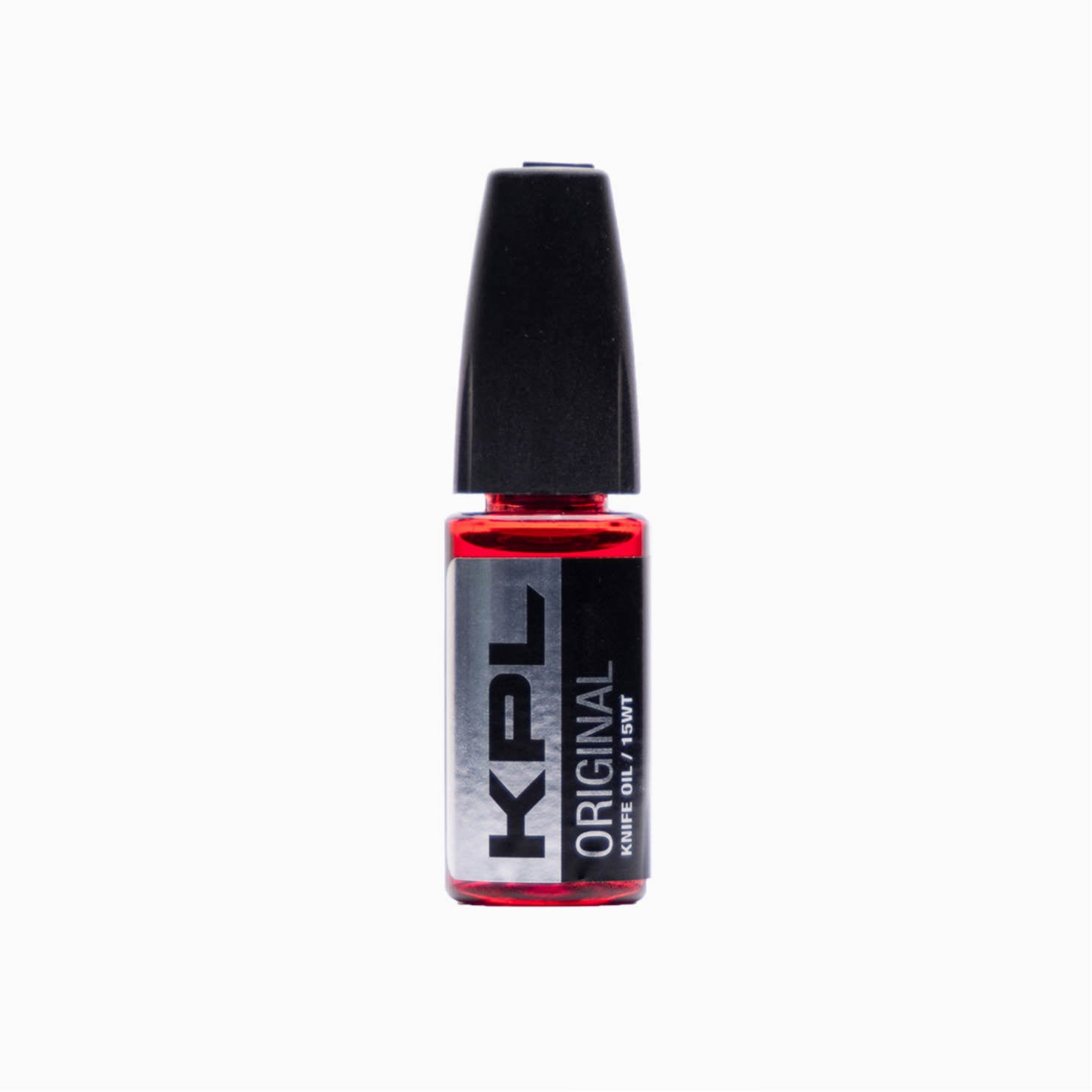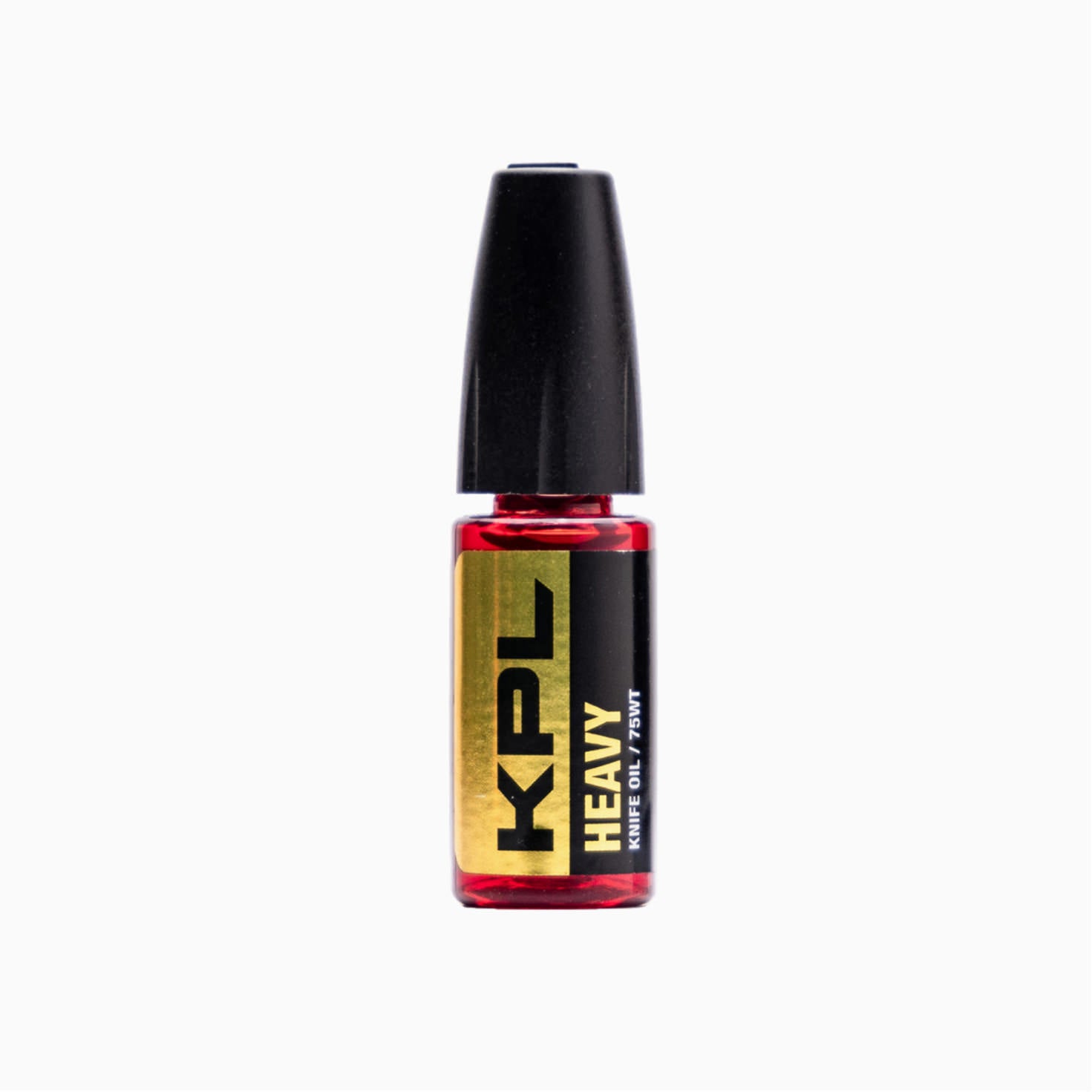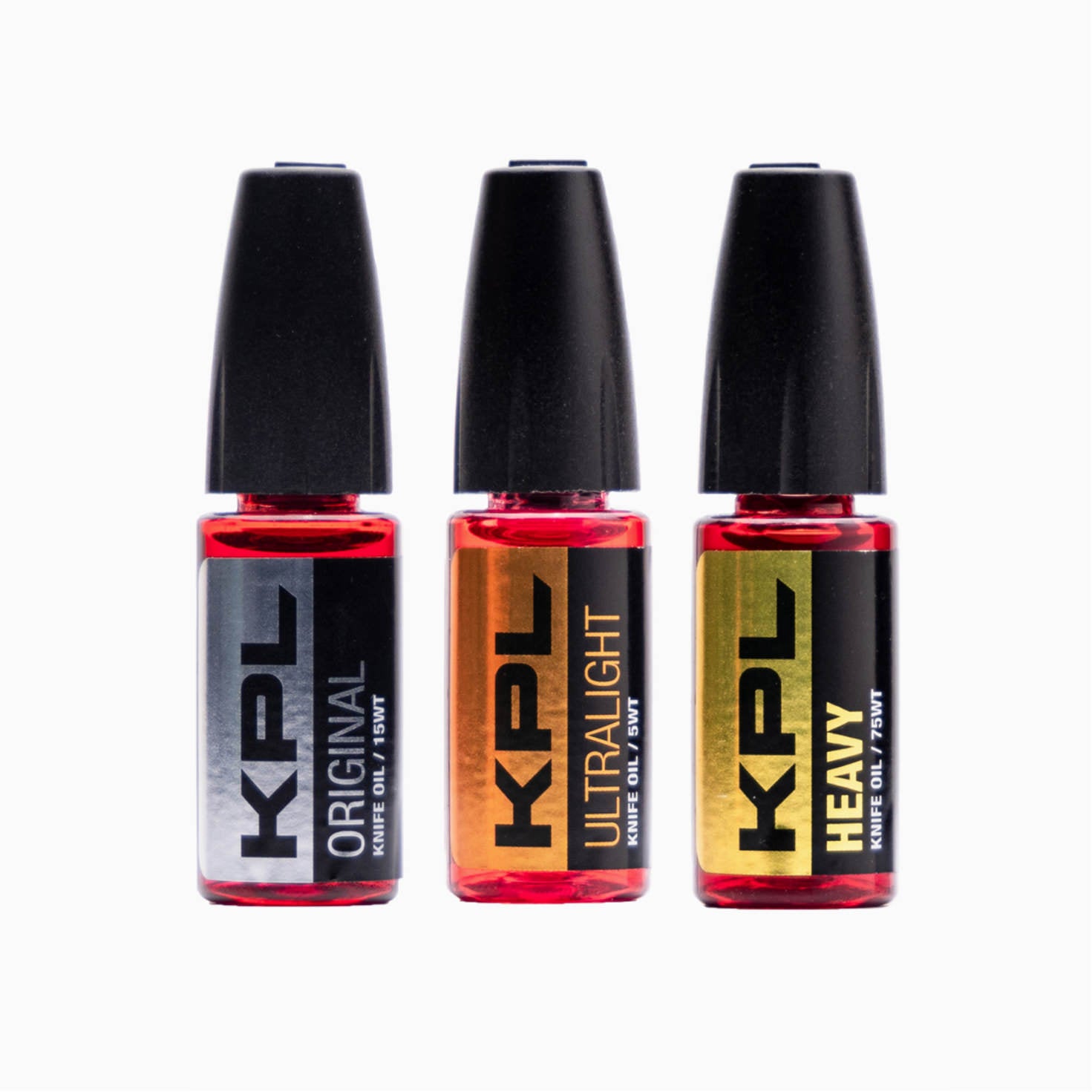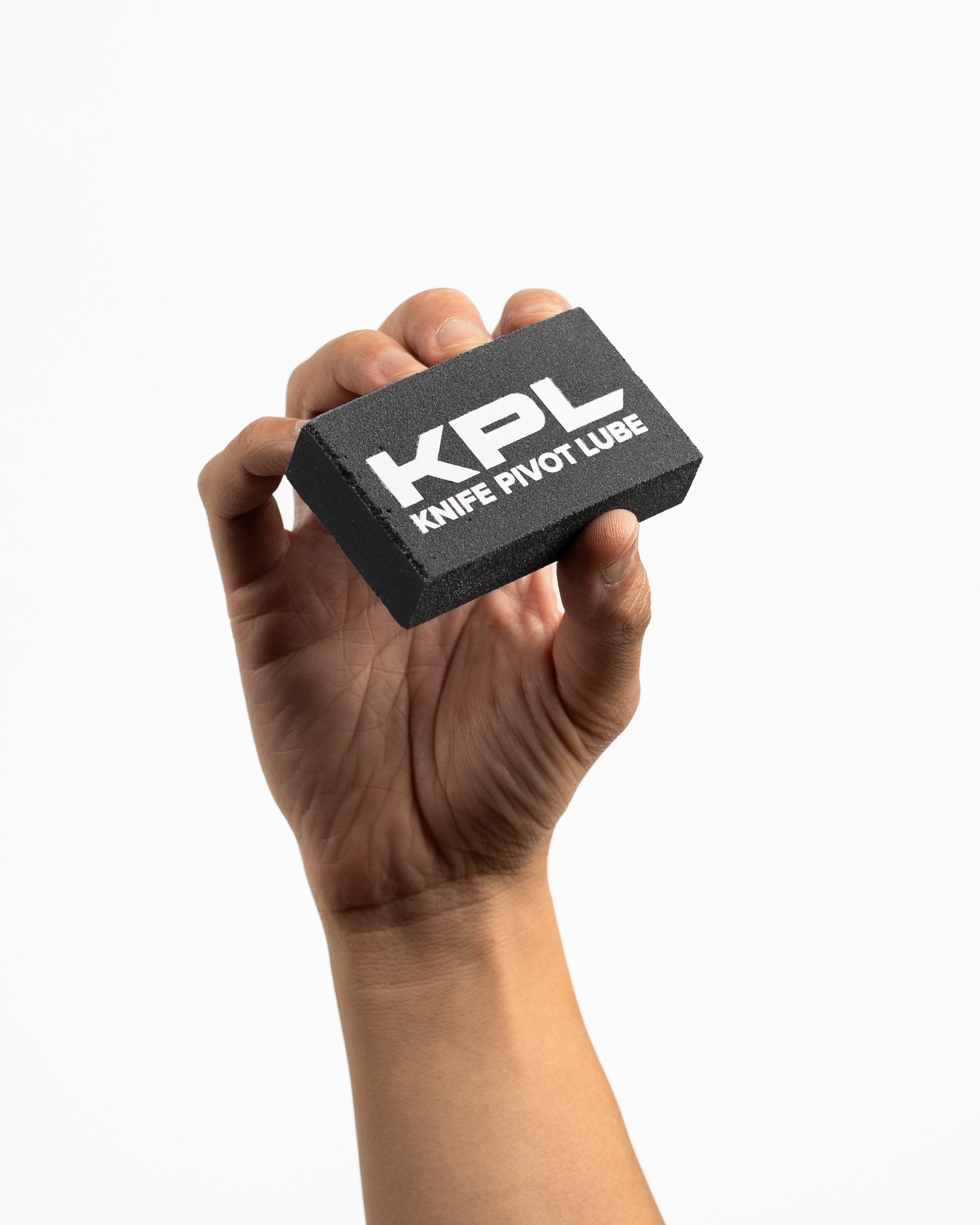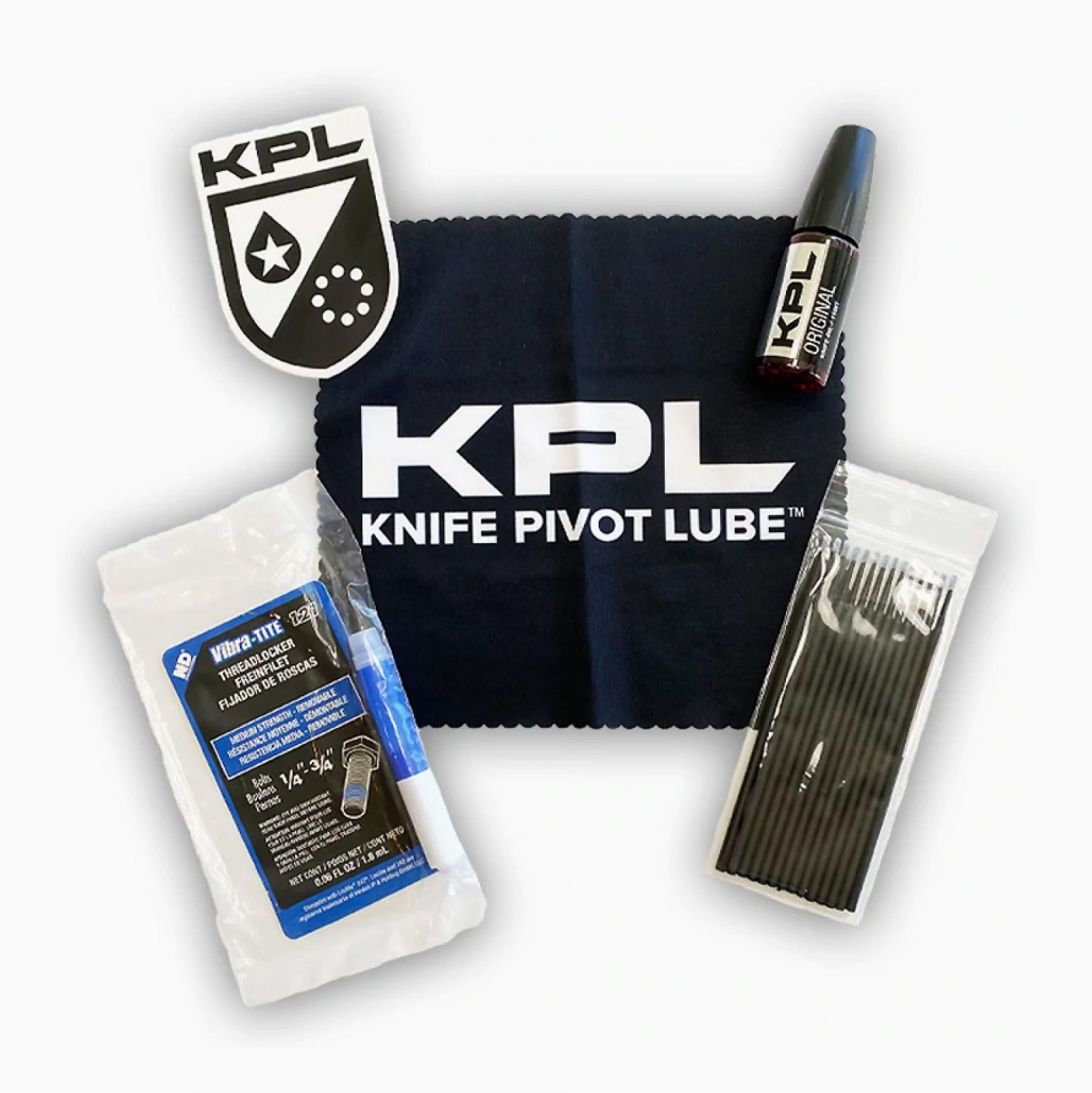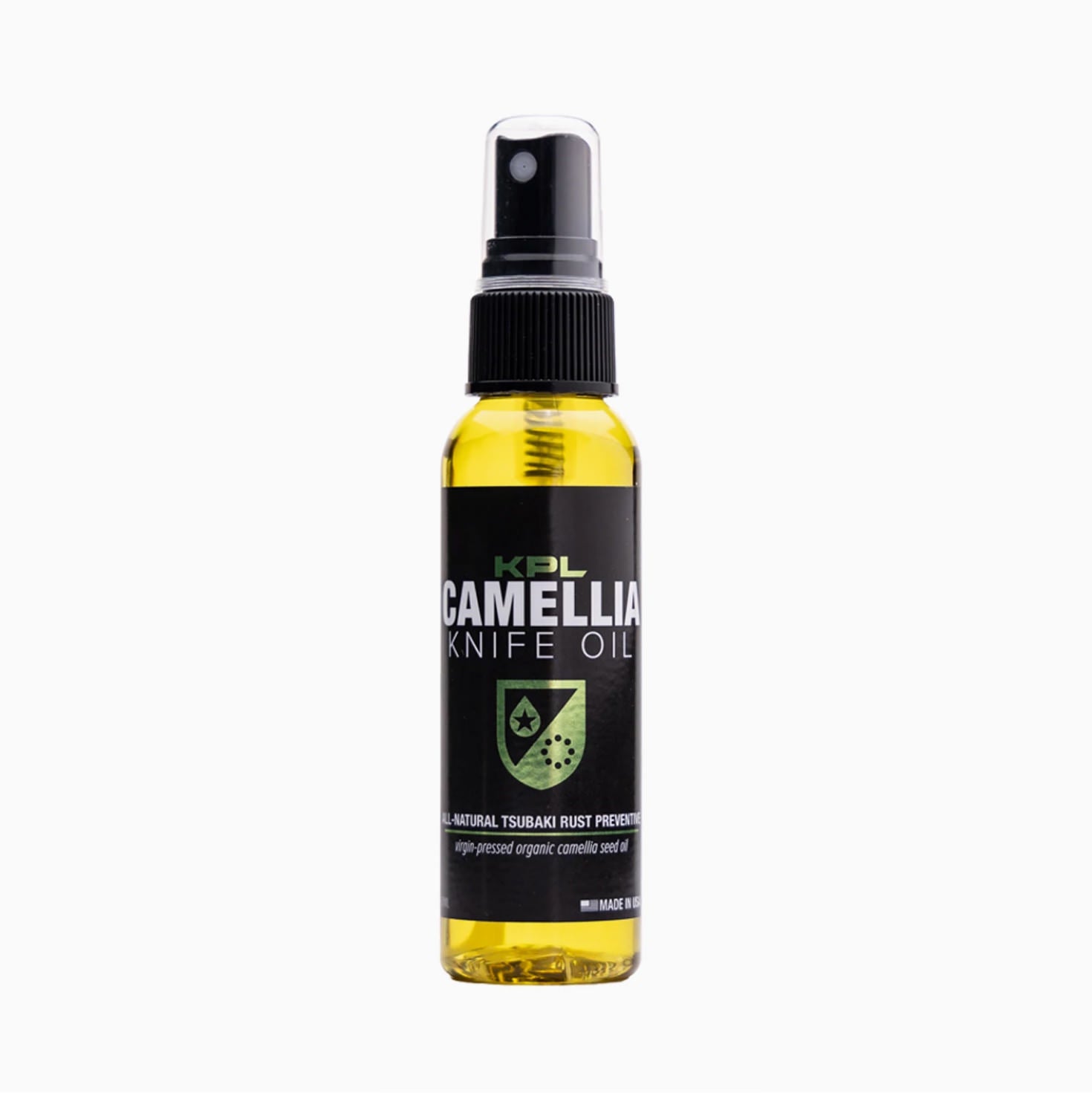You may not know it, but one of the smallest parts of your knife could have more impact on your pocketknife's action and flickability than any other! That's right, that tiny little detent ball could be the key to improving the way your knife works, feels, and deploys.
What Is A Detent?
A detent is a mechanical means to resist or arrest the rotation of a knife blade. Most modern pocketknives feature a detent of some sort. It typically takes the form of a small hardened steel or ceramic ball bearing pressed into a lockbar, linerlock, or compression lock.
In a smaller number of knives the function of a detent could also be fulfilled by an axis bar, or another a locking or spring mechanism that biases a blade toward closure.
Finally, some knife designs do not use detents, including slipjoints, fixed blades, traditional lockback knives, etc.
Where Is It?
You might need to look closely to find your knife's detent. Look for it near the terminal end of your lockbar, lock insert, or liner lock. You can probably see a small nub protruding outward from the flat plane of the lockbar or liner. That's the detent!
Here's what it may look like depending on your knife's design:
Detent Ball from a Modern Framelock Flipper
Detent Ball on Liner Lock
Detent Ball from a Spyderco Paramilitary 2
Ceramic Detent Ball from a CRK Inkosi
What Does a Detent Do?
A pocketknife's detent functions to hold the blade in the closed position so that it cannot open freely or unintentionally. It does this by falling into a pocket or hole drilled into the blade of the knife under spring tension provided by the liner or lock bar.

Detent Pocket and Track on Knife Blade
Knife makers carefully tune the size and depth of their detent pockets and detent balls so that they securely hold the knife blade in the closed position. The balance of these factors has to be optimized to provide a snappy action when the knife is opened.
Too shallow a pocket in relation to the ball, and the knife will not respond properly to thumb or finger pressure, and may open sluggishly or not at all.
Lubricating your detent ball with Knife Pivot Lube will help prevent wear to the ball and pocket, ensuring that the action remains ideal throughout the life of your pocketknife.
The Detent Track
As the knife's detent leaves the detent pocket and the blade of a knife continues toward opening fully, the detent ball will glide across the side of the knife's blade, leaving a track where it rubs against the blade steel.
 Detent track leaving a detent pocket
Detent track leaving a detent pocket
The sliding friction caused by the detent ball is typically the most significant source of factor impeding the opening of a knife blade. Limiting detent friction makes a knife open more smoothly, with less noise, and with greater speed.
The best way to prevent detent friction, scratching, and wear is to lubricate using a high quality knife oil like Knife Pivot Lube. For detents specifically, we recommend Knife Pivot Lube Heavy.
 Knife Pivot Lube Heavy is optimized for lubricating knife detents
Knife Pivot Lube Heavy is optimized for lubricating knife detents
KPL Heavy works great on detent tracks because its higher viscosity formula is designed to stay put within the detent pocket and on the detent track, where it reduces sliding friction and enhances the operation of your pocket knife.

